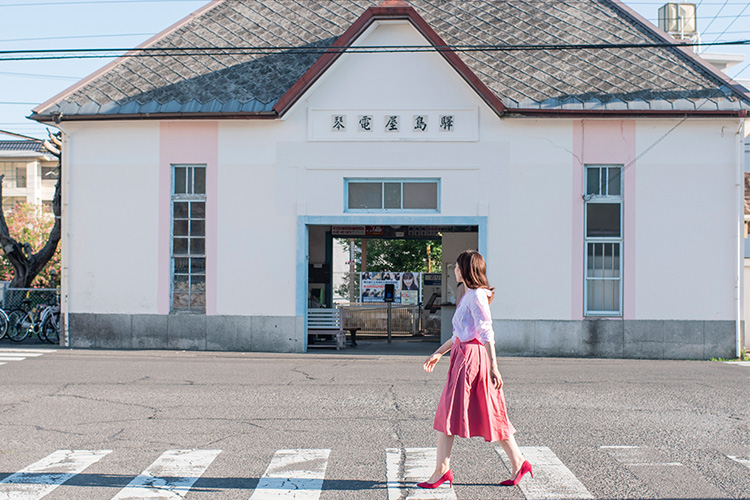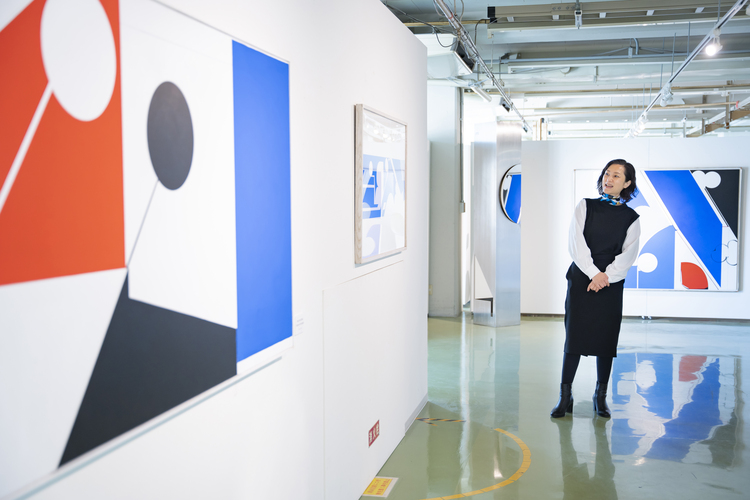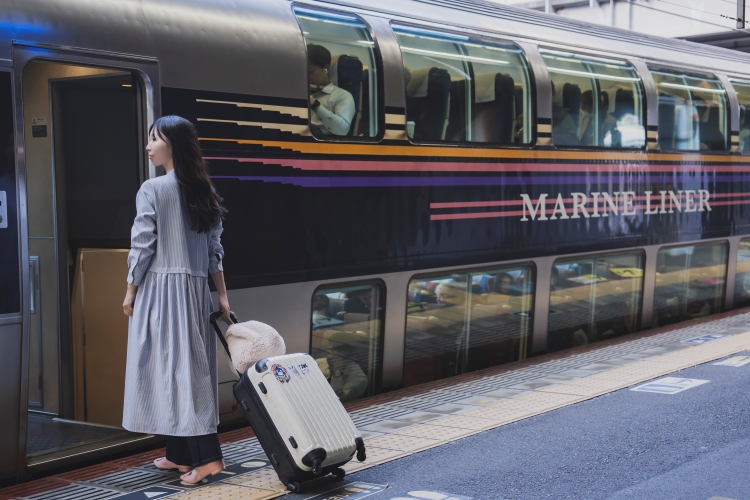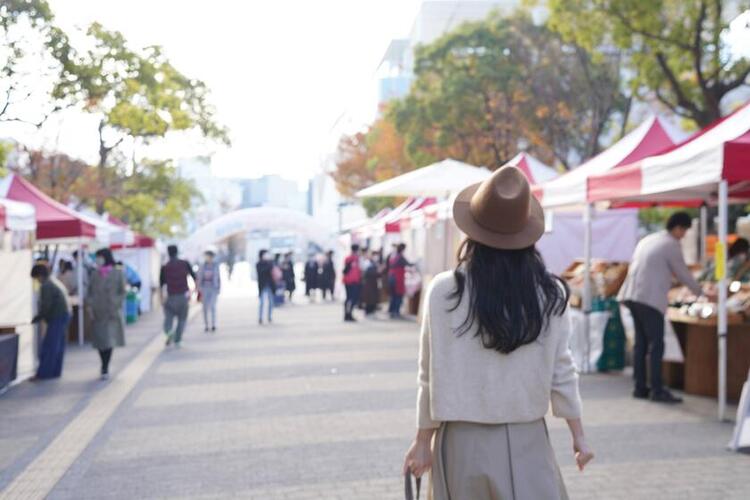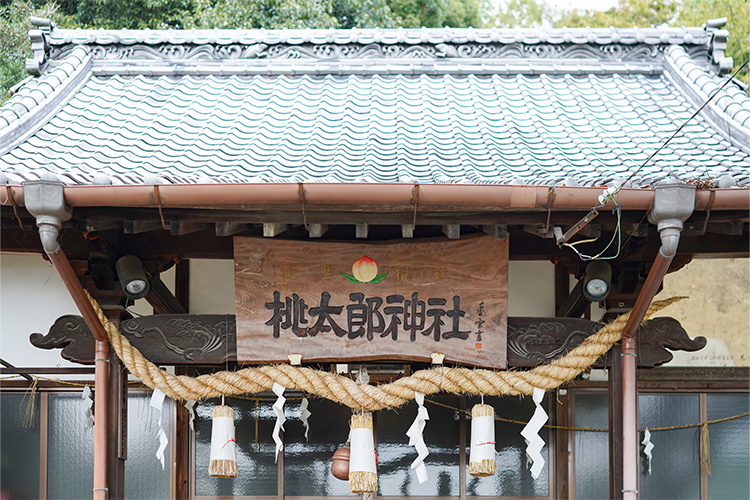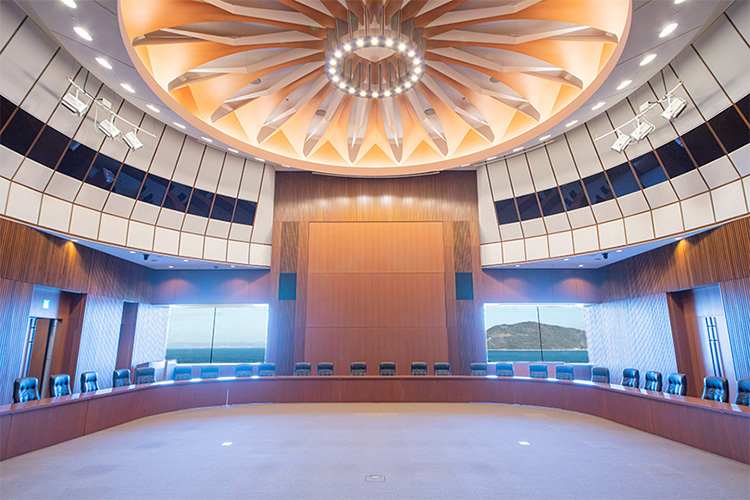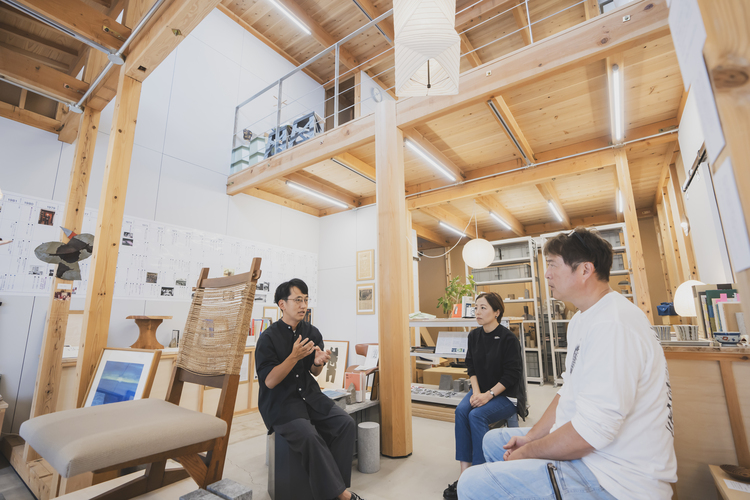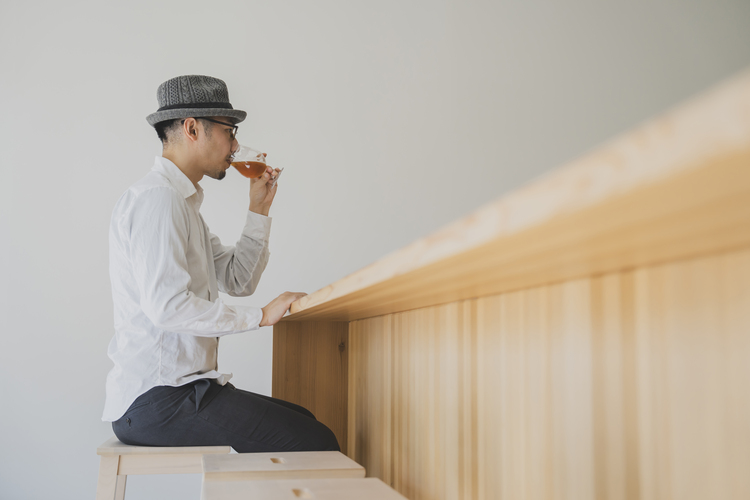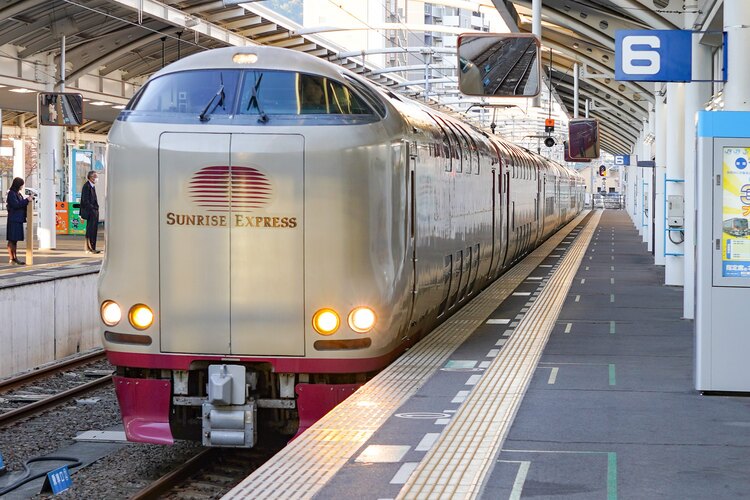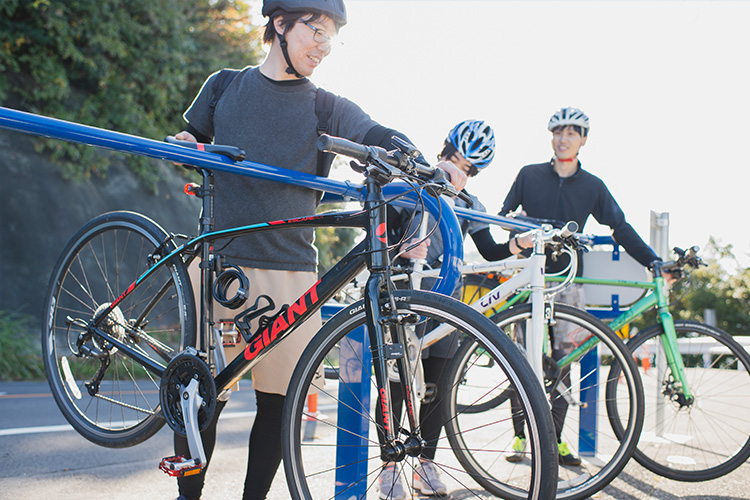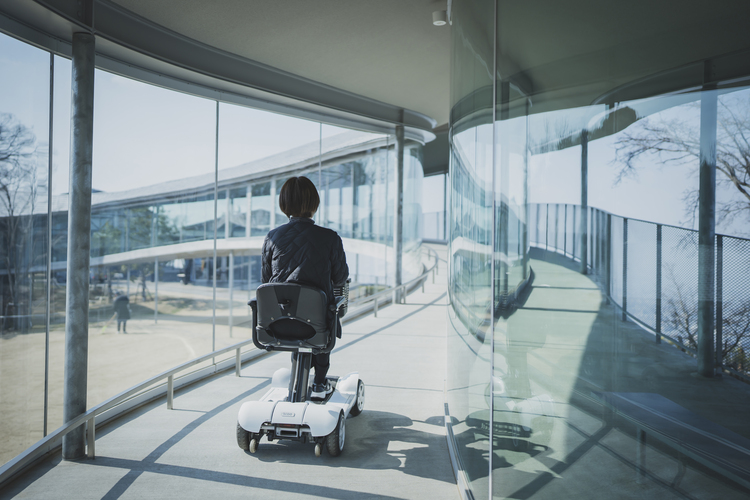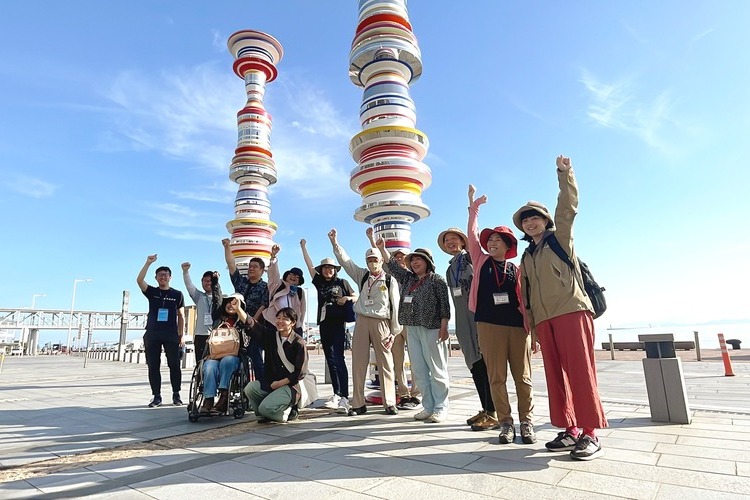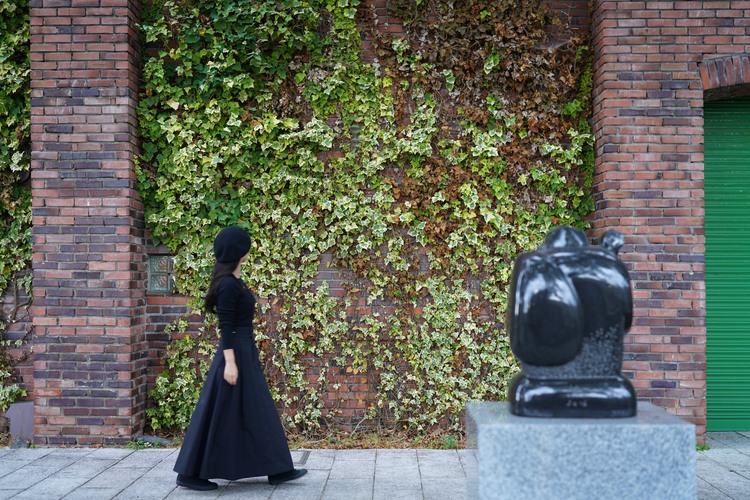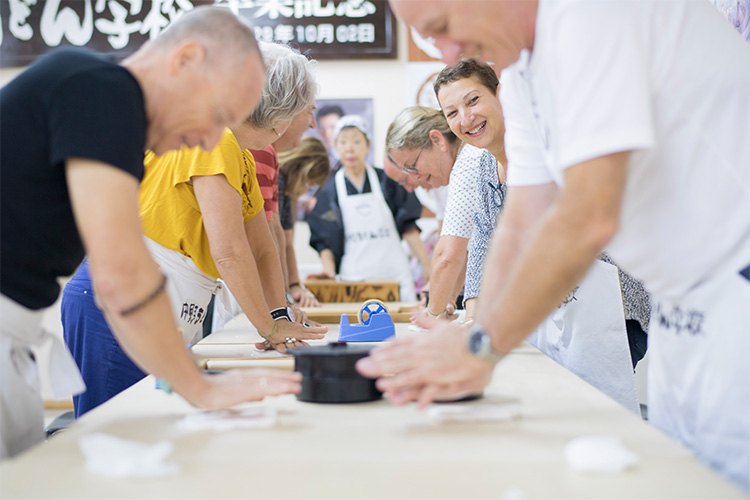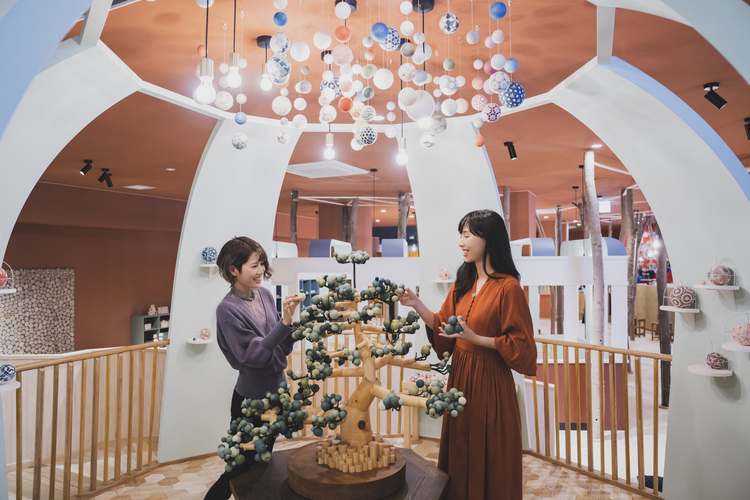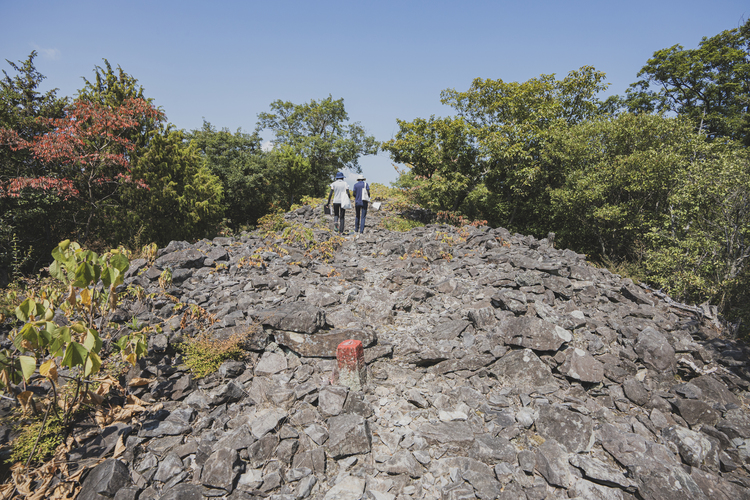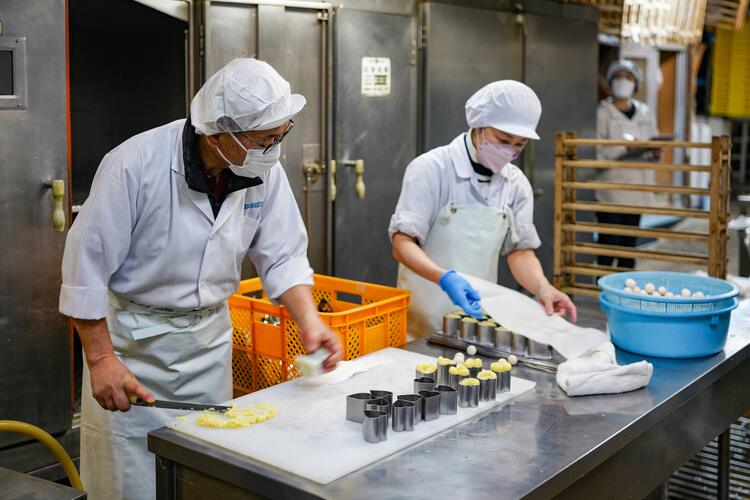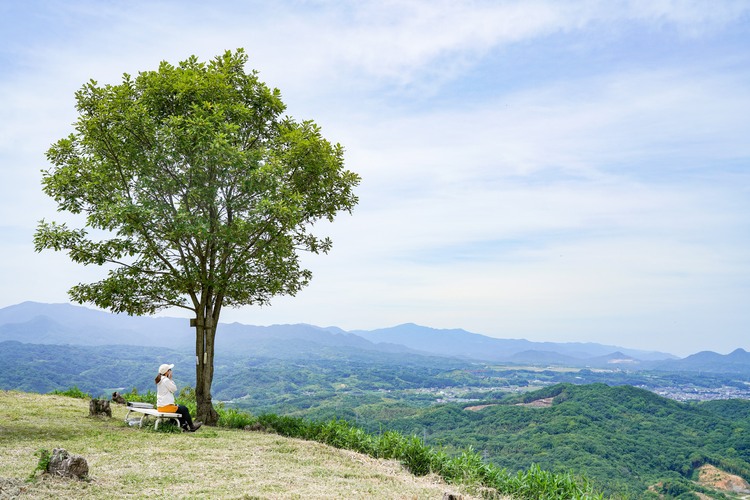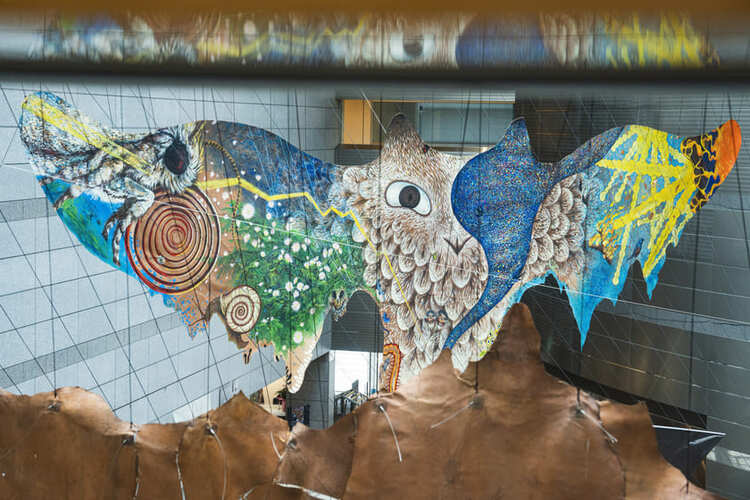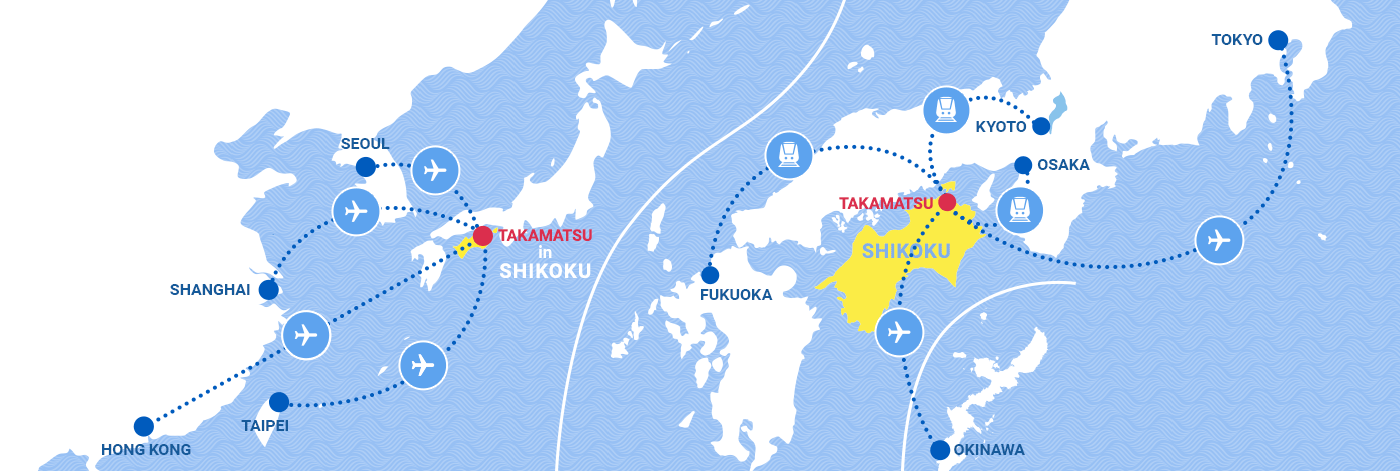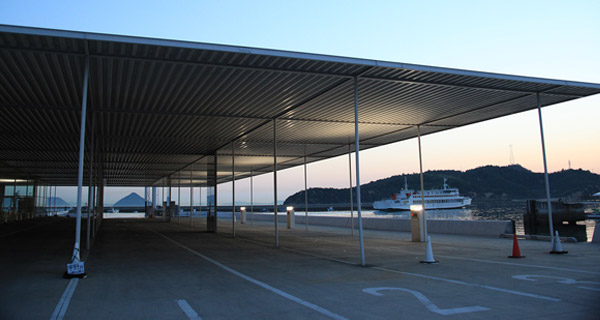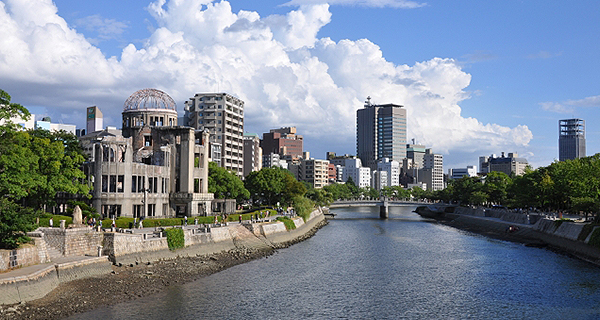Steve Jobs, the founder of Apple, and former professional baseball player Ichiro were deeply interested in the culture of Zen. And the word “Zen” itself is becoming an idea across the globe, pronounced the same way as in Japanese.
What is it that attracts so many people?
Experience the World of Zen
Spread to Japan from China, Zen developed as a unique culture, greatly influencing the overall culture of Japan.
The spirit of Zen exists deep within Japanese calligraphy, tea ceremony, flower arrangement, and other Japanese cultural arts.

Zen meditation is one way to experience the world of Zen. Although we use the term “Zen meditation”, the ceremony differs based on the Buddhist sect of the temple.
I visited Jisso-ji Temple of the Myoshinji Sect of the Rinzaishu which holds Zen meditation sessions on Sunday every week. It takes about 40 minutes by train and bus from Kotoden Takamatsu Chikko Station. The temple is at the foot of a quiet mountain.
*Experience content may change.
Check the latest information on the Jisso-ji website (https://www.jissouji.net/index.html ).

“Zen” is another word for “soul” within the teachings of the Rinzaishu.

Becoming aware of the quiet, calm soul within oneself. Zen meditation is one ascetic practice to reach this awareness.
Zen Meditation, Breakfast, and Cleaning – All are Part of the Training
Anyone can join the Zen meditation at Jisso-ji Temple, regardless of faith or nationality. The chief priest thoroughly explains everything, so even beginners or those not familiar with Japanese manners can participate.

The Aim of Zen Meditation is to Adjust Three Areas
Adjusting Posture
Sit cross-legged, and place the right foot on top of the left thigh. Then place the left foot on top of the right thigh. If it’s difficult, you can do just one foot.
Your line of sight should be about 1 m ahead. You should look like statues of Buddha, with eyes half-open, looking at both your inner soul and the outside world.

Chairs are available for those who have difficulty with the cross-legged position.

Adjusting Breathing
Breathing is the most important. Turn your consciousness towards making yourself one with your breathing, feeling the energy of the air as you breath in slowly through abdominal breathing.
Adjusting the Soul
The soul becomes naturally relaxed as you repeat your breathing.
There are traditional methods for adjusting the soul through counting breaths, but it is very hard to reach a state of mindlessness. Even if you cannot reach mindlessness, it can be a beneficial time to think about yourself and to look back at recent events in your life.

Placing oneself in the main building of the quiet temple allows for the normally-forgotten sounds of birds and insects to enter your ears, and at times, you can pleasantly feel the blowing wind.
Your awareness will naturally lead you to yourself.

The 2-hour Zen meditation session is more than just meditation. It begins with a service for chanting the Heart Sutra and so-called Walking Zen Meditation, where one meditates while walking.

The result of Walking Zen is far superior to Zen meditation.
The right hand over the top of the left hand – the “shashu” position – evokes an image of the nourishing of a quiet soul.

Shukuza is for eating rice congee.
Everything is part of the training, so words are not exchanged in order to focus on what is in front of you.

The congee and pickles are passed around in order, and each is divided into each person’s bowls.

Rice grains are offered a little at a time as a charity for those souls who have fallen to the realm of the hungry ghosts. This is a custom of Zen Buddhism to show mercy towards those that are hungry while also discouraging our own greedy souls.

One piece of pickle is left for the end to wipe the bowl after eating to clean it.

The ends of chopsticks are placed outside the table so as not to dirty the table with the chopsticks that have touched our mouths.
There is a lesson contained in each of the customs.

After eating the rice congee, cleaning of the main building – known as samu – is carried out. When cleaning with a broom, you work your way from inside to outside following the mesh of the tatami floors or the grain of the wooden boards.

It is the same when cleaning with a cloth.
You get a sense of the rational lifestyle wisdom without waste everywhere, and this is understood even today.

Zen Meditation is the Dumping Ground for the Soul
Finally, you consume tea and sweets at the Zen meditation session in what is called sarei.

On this very hot day, I had cold matcha tea and dorayaki – two small pancakes with red bean jam.
The main building, which previously had a solemn mood, was now suddenly a peaceful atmosphere.

We heard about how participants were doing and our thoughts of the day, and the chief priest taught us about the teachings of Buddhism in an easy to understand way.

When I looked up, these Zen words were written.
Nichi Nichi Kore Ko Nichi
It means, “All days are good days.”
But, fun and blissful days cannot continue every day. We have now because we have difficulties and bad days. Valuing the now and living each and every day to the fullest will make each day a good day.

Once the experience had ended, I left the temple feeling fresh, as if the bumps within me had been smoothed out and as if someone had pushed the reset button on my soul.

The Zen meditation experience may become an opportunity to reexamine yourself with Zen customs alive in your life and teachings that lighten your soul.
We may need to dare to take time to stop because of the hectic world we live in. I hope that the honest time spent here will lead you to good days.
Jisso-ji Temple
- Address
- 1811-1 Mitanicho, Takamatsu, Kagawa
- Business hours
- Zen Meditation Session, Every Sunday, from 7:00 to 9:30 am
- TEL
- 087-889-3838
- info@jissouji.net
- URL
- http://www.jissouji.net
- Supported languages
- 日本語
Get off at Kotoden Busshozan Station, transfer to the Kotoden Bus Busshozan Kawashima Line at Busshozan Station West Exit, get off at Nishi Mitani bus stop, and walk 8 minutes
Gathering date:2019.11.28 / Jisso-ji Temple





